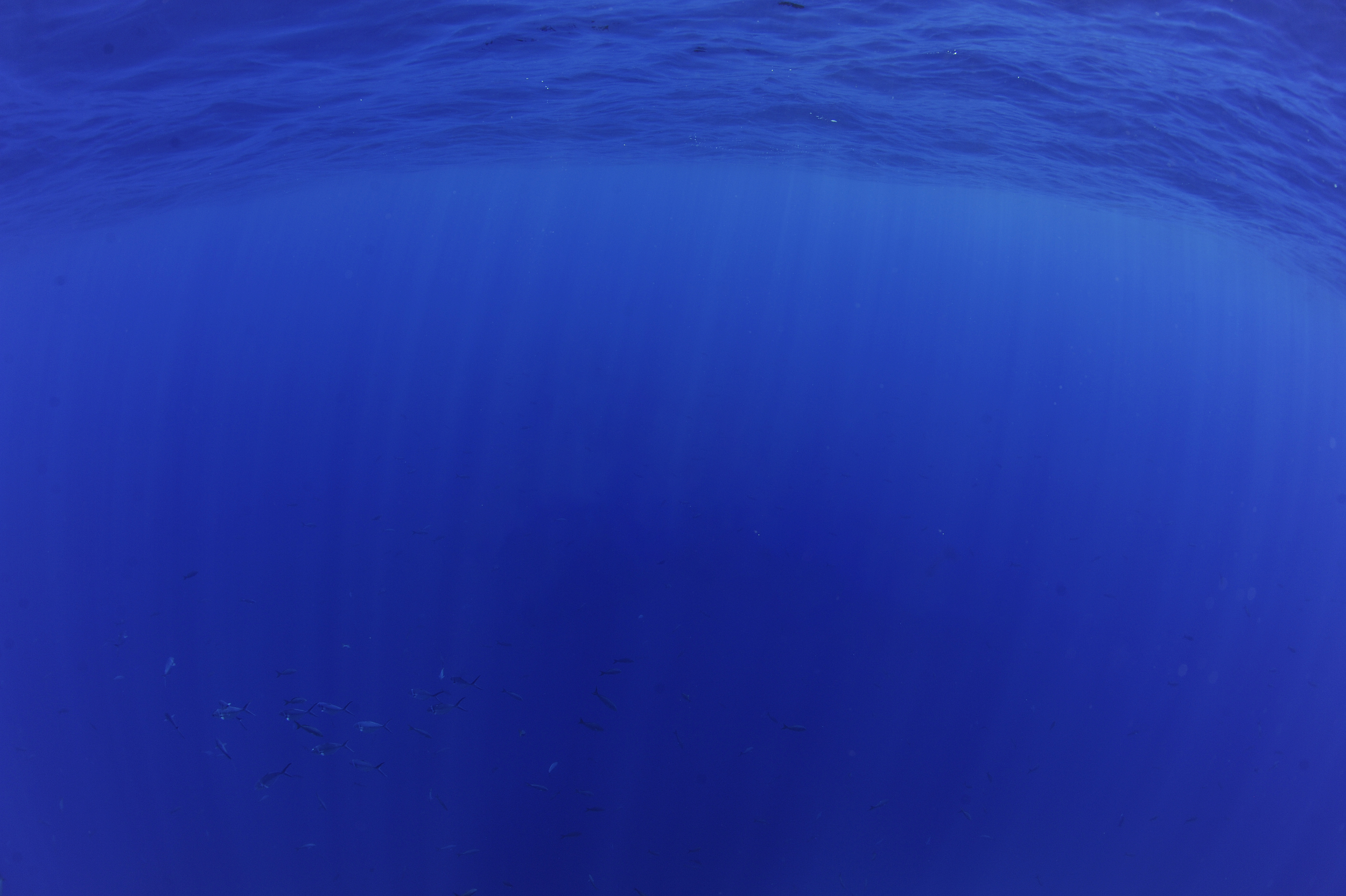Manta rays are iconic animals and a focal species for marine tourism. Unfortunately, as long-lived animals with low reproductive rates, their populations are often impacted by human pressures. Described only in 2009 and recognized as internationally threatened species in 2011 (IUCN Red List), the oceanic manta (Mobula birostris) is now the focus of intense scientific scrutiny.
Ecuador and Peru share the largest known oceanic manta population in the world, with individuals being seasonally observed visiting Isla de la Plata in Ecuador's Machalilla National Park, and the Bajo Cope Marine Reserve. These locations represent an unparalleled opportunity to study this iconic and typically elusive species.
Proyecto Mantas Ecuador (PME) was founded in 2010 to conduct focused research to assist in the conservation management of Ecuador's oceanic mantas. In 2011, PME supported the Ecuadorian government in submitting a proposal to list oceanic mantas on Appendix I and II of the Convention on Migratory Species (CMS). The proposal was a success, with CMS identifying them as a priority for conservation in 116 nations around the world, and highlighting the need for immediate international protection and management. With continued momentum in 2012, Ecuador further proposed both species of manta for inclusion in Appendix II of another international convention - the Convention on International Trade in Endangered Species (CITES). This proposal was also successful.
Despite heightened international protection, and being granted national protection within Ecuadorian waters, the team at Proyecto Mantas Ecuador have identified that human-borne threats to this population remain extremely high - with artisanal fisheries remaining a particular challenge. A carefully designed action plan is needed to categorise these anthropogenic threats and provide recommendations to reduce negative impacts to this species.
Consequently, Proyecto Mantas Ecuador is conducting a diverse suite of research on the Ecuadorian oceanic mantas to develop this action plan and has established collaborations with the Ministry of the Environment and the Department of Fisheries to aid in its progression and eventual implementation.
Beyond Ecuador's borders, PME plans to extend their research collaborations west to the Galapagos Islands and south into Peruvian waters, with the hope of eventually contributing to the comprehensive management of the oceanic manta population that all these regions share.




























